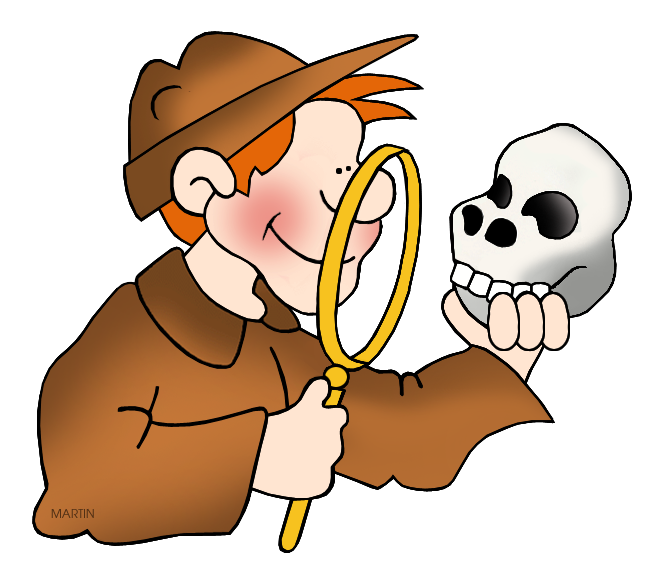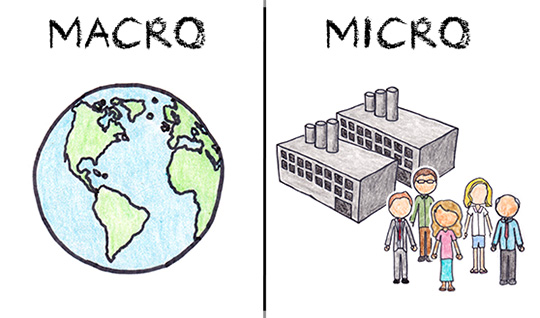Well it's that time of the semester, were we say our goodbyes to our teacher and classmates.
 Throughout this course, I have learned so much! I have learned two more different lesson plans I can use in a classroom such as inquiry method and cooperative learning. I think these lessons were my favorite to learn and teach because they were more engaging. In my other fieldwork experiences, I only focused on direct instruction and this course really helped me open up my eyes to different approaches. I also learned so many different online tools. Some of these online tools include: Glogster, Voki, Paddlet and Google Docs. Learning this online tools really helped me because I was able to make my projects more fun and engaging compared to boring old PowerPoints. In fact, I mastered Voki so well that my fathers company wants to hire me as their web designer. I will be in charge of adding pictures and Voki's to their website. I would not have this opportunity if it wasn't for this
Throughout this course, I have learned so much! I have learned two more different lesson plans I can use in a classroom such as inquiry method and cooperative learning. I think these lessons were my favorite to learn and teach because they were more engaging. In my other fieldwork experiences, I only focused on direct instruction and this course really helped me open up my eyes to different approaches. I also learned so many different online tools. Some of these online tools include: Glogster, Voki, Paddlet and Google Docs. Learning this online tools really helped me because I was able to make my projects more fun and engaging compared to boring old PowerPoints. In fact, I mastered Voki so well that my fathers company wants to hire me as their web designer. I will be in charge of adding pictures and Voki's to their website. I would not have this opportunity if it wasn't for this
Another thing I really enjoyed was my fieldwork experience. Now, social studies isn't my strong subject but teaching at Bishop Dunn Memorial School really helped me boost up my confidence because I was working with students I already knew. For the last past two years, I have been one of the extension teachers at BDMS which meant I was teaching some of my students. This made me really excited and eager to teach them about the thirteen colonies gaining their independence.
Now as for assignments and/or projects I did in class. Throughout this course, I did many projects either in a group or individual. My favorite my project was the artifact bag. I had to create an artifact bag based on my fieldwork lesson plan topic. I chose Paul Revere, this was my favorite because I put a lot of thought into the presentation and artifact bag. My least favorite project was the current events. I did not like this one because it was assigned in groups. My group ended up choosing an article that had to do with their fieldwork lesson plan and I felt left out.
 Overall, I had a pleasure being in this course. I learned many new things and even tried to improve my "failures". For example, I do not like group work. However, this course really helped me improve on my group skills and I feel like towards the end I was doing much better than I was doing in the beginning. I also liked how we got to work on a practice edTPA. I feel like I am more confident in student teaching and working on my edTPA now that I had some experience.
Overall, I had a pleasure being in this course. I learned many new things and even tried to improve my "failures". For example, I do not like group work. However, this course really helped me improve on my group skills and I feel like towards the end I was doing much better than I was doing in the beginning. I also liked how we got to work on a practice edTPA. I feel like I am more confident in student teaching and working on my edTPA now that I had some experience.
Well it's been real Dr. Smirnova, thank you for everything you did and taught me.















